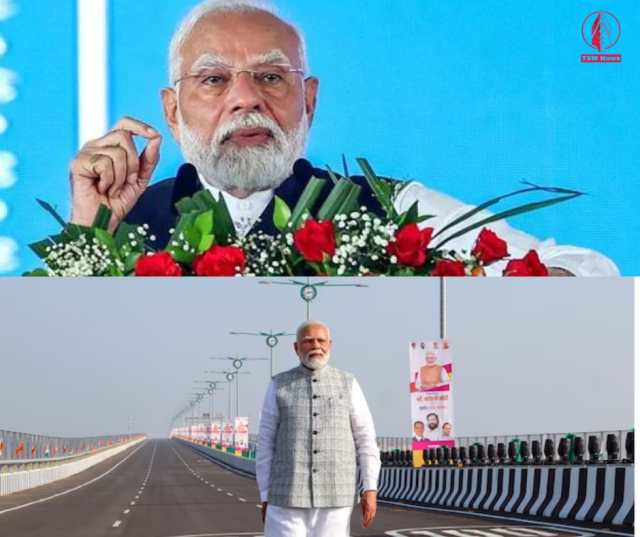Delhi's Air Pollution Hits Hazardous Levels Amid Thick Smog, Visibility Near Zero
- Posted on November 13, 2024
- News
- By Arijit Dutta
- 35 Views
Delhi’s AQI reached hazardous levels, with dense smog affecting visibility and respiratory health. The AQI exceeded 1,000 in some areas, reflecting serious pollution from vehicles and farm fires.

Delhi awoke to a dense smog on Wednesday, with visibility dropping to near zero in areas like Noida, Ghaziabad, and Gurugram. According to IQAir, Delhi’s air quality index (AQI) has surged, making it the world’s most polluted city, overtaking Lahore, Pakistan. Delhi’s AQI, which reached over 1,000 on IQAir’s scale—considered “hazardous”—has raised health concerns, with many residents reporting respiratory difficulties.
The Central Pollution Control Board (CPCB) reported Delhi’s AQI at Anand Vihar at 413 as of 10 am, a rise from 334 on Tuesday. The India Meteorological Department (IMD) highlighted that the smog, intensified by seasonal cold, brought visibility down to 100 meters in certain areas. The city has now marked 15 days with AQI in the "very poor" category since October 30, which poses severe health risks, particularly due to PM10 pollutants from dust, pollen, and vehicle emissions.
Pollution data shows that Anand Vihar and Aya Nagar faced particularly high PM2.5 and PM10 levels. Vehicular emissions continue to contribute significantly, estimated at 10% over the next few days. Authorities at Indira Gandhi International Airport initiated “low visibility procedures” to manage flight operations, though flights without CAT III compliance may face delays.
Also Read: Delhi Police Busts Major Gun Syndicate in 'Operation Eagle,' Arrests 18
The smog also reflects a broader regional issue, with farm fires and local emissions contributing heavily to toxic air levels. In response to similar conditions, Pakistan's Punjab province has imposed school closures and early shutdowns for markets.




